Increase convenience, promote growth
The Ho Chi Minh City Department of Industry and Trade has just proposed a pilot model for supplying essential goods and services at stations on Metro Line 1 (Ben Thanh - Suoi Tien), aiming to exploit commercial potential and increase convenience for passengers. In a document sent to the Urban Railway One Member Limited Liability Company No. 1 (HURC1), the Department proposed that the company research, review and integrate the pilot plan into the Project on exploiting urban railway infrastructure assets of the city, and submit it to the Ho Chi Minh City People's Committee for consideration and approval as a basis for implementation. This proposal was made after the Department of Industry and Trade reviewed the document of the Ho Chi Minh City Union of Trade Cooperatives last May on piloting the above model to serve the need for fast and convenient shopping and contribute to promoting the growth of the retail market.
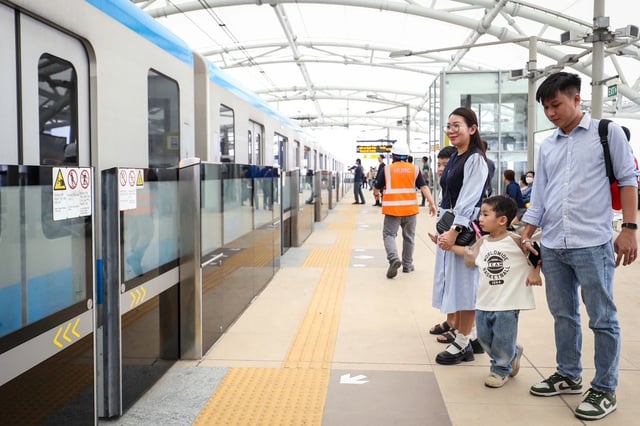
It is necessary to soon pilot service and retail models to increase revenue beyond ticket sales at metro stations in Ho Chi Minh City.
Photo: Nhat Thinh
According to the Department of Industry and Trade, integrating service and commercial spaces at metro stations is considered one of the important solutions to form new commercial spaces, creating momentum for urban economic growth. This model not only brings economic benefits but also contributes to increasing the attractiveness of the metro system by providing diverse utilities such as payment, shopping, and entertainment. In the context that Ho Chi Minh City aims to have a 355 km metro network by 2035, planning and early development of modern commercial models around stations is necessary with the expectation of stimulating consumption and effectively exploiting urban infrastructure.
This proposal is completely feasible because in reality, the demand for metro travel of the city's residents is very high. HURC1's data shows that after selling toll tickets from January 21 to June 30, metro line 1 welcomed about 10 million passengers, with a revenue of more than VND 91 billion, an average of more than 59,000 passengers per day. As a civilized, modern, new and convenient traffic route in a densely populated urban area with high traffic density like Ho Chi Minh City, in addition to the essential needs of local people going to school and work, many domestic tourists coming to Ho Chi Minh City choose to take metro 1 as a new experience. Therefore, the need to travel, leisurely shop, and enjoy essential services at the 14 stations of the Ben Thanh - Suoi Tien metro line is urgent. And in fact, many people who experience the metro for the first time in Ho Chi Minh City are disappointed because… there is nothing to explore under the metro stations.
Ms. Tran Thanh Nhan (HCMC), a Japanese teacher, has experienced traveling by metro in many countries in Asia and Europe, so as soon as HCMC put metro line 1 into operation, she was one of the "free old people" eager to experience it. Up to now, when friends and relatives come to HCMC, she takes them on the metro to introduce the city's modern public transportation with pride. "However, the service below the stations is very poor, there are only automatic water vending machines. If we want customers to use the metro more and stop at many stops... there must be shopping and entertainment services below the stations. It must be considered a tourist route, where customers can easily buy souvenirs, essential products, cups of coffee, books, newspapers... Without expanded services, the metro will lose its attractiveness to passengers," Ms. Nhan said.
Sharing the same opinion, Ms. Phan Nhat Linh (Vung Tau Ward) was also "a bit disappointed" when she saw the space at metro 1 stations being spacious, beautiful but... monotonous. She commented: "There are no services, so when passengers get on the train, go all the way, and want to stop, there is nothing to see or shop. If they want to go out, they can only get off at An Phu station, exit the station, go into the Vincom building to find shopping, coffee, and dining services; or get off at Thao Dien station and walk far away to find them... If there are services right in the station, passengers can use them much more conveniently. All countries do the same, Ho Chi Minh City metro should soon invest in essential shopping services in the stations."
Generate large revenue streams beyond ticket prices
According to experts, Ho Chi Minh City can refer to the way of exploiting metro commerce in Singapore, to turn the metro into a vibrant consumer destination, where revenue from services and retail can account for up to 1/3 of the total revenue of the operating unit. In fact, in Singapore, the island nation's rapid transit (SMRT) reported non-ticket revenue (including retail and advertising) of SGD 274 million (USD 213 million) in fiscal year 2024, accounting for 24.6% of total revenue, up 18% over the previous year. From 2021 to 2024, this segment will grow by an average of nearly 10% per year. The Staytion retail center at Dhoby Ghaut station recorded a 30% increase in visitors thanks to the integration of co-working spaces, clinics, and flea markets.
Similarly, in Japan, according to a report by JR East, in 2023, non-ticket revenue from metro lines will be about 8.14 billion USD, accounting for 28.5% of total revenue. Retail and services at stations such as Tokyo and Shinjuku alone will contribute about 4.57 billion USD. Malaysia also recorded revenue from real estate and advertising at metro stations reaching about 83 million USD in 2023. Malaysia's metro stations also operate vending machine services, mini supermarkets, hair salons, currency exchange, parcel delivery, product experience, etc.
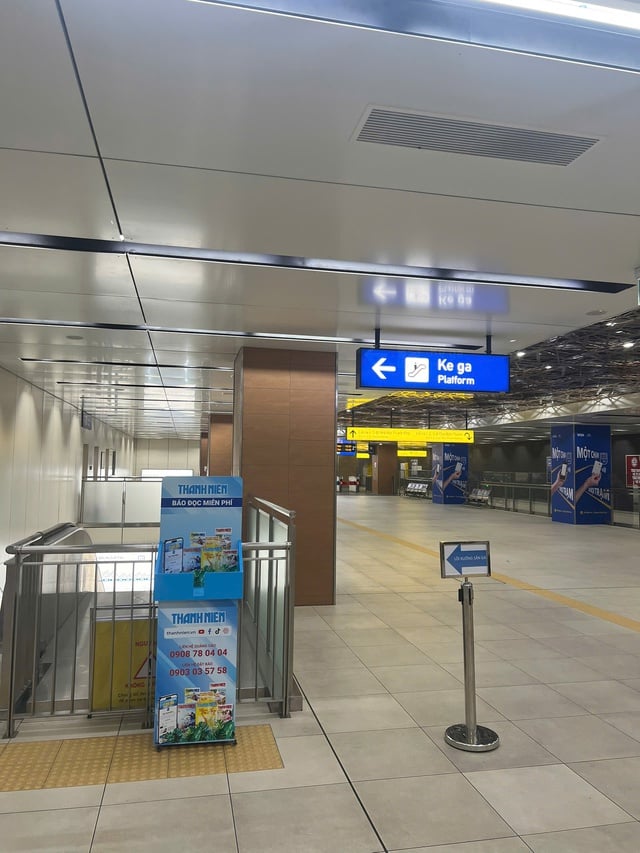
Metro passengers need to meet their shopping needs and conveniently experience products such as souvenirs and books right at the station.
Photo: Minh Tuan
Supporting the proposal of the Department of Industry and Trade, Professor and Doctor Vo Xuan Vinh - Director of the Institute of Business Research, Ho Chi Minh City University of Economics, said that Ho Chi Minh City needs to soon allow piloting of services to improve passenger convenience, creating revenue sources other than ticket prices to offset operating costs. "Metro stations in countries and territories allow exploitation of digital advertising services, souvenir sales, food and entertainment. Each place has a different way of doing things. In small stations with a lot of people, with the desire to keep the space and landscape clean and beautiful for the station, investors do not allow food and beverage services, but only allow exploitation of digital services... Like metro stations in Taiwan only allow exploitation of media, advertising, internet services... In my opinion, metro stations in Ho Chi Minh City can refer to the exploitation of Singapore's way of doing things", Mr. Vinh proposed.
This expert explained that Ho Chi Minh City's metro line No. 1 was built later than other countries. Therefore, if you want to increase commercial exploitation efficiency from the beginning, you should apply modern sales models like Singapore's stations. For example, at Raffles Place station in the central area of Singapore, there is a strong investment in vending machines, artificial intelligence and digital payments. All of which create a shopping experience without the need for sales staff. Or at Woodlands station in the north of the island, commerce and services integrate many products for tourists, from coffee, milk tea to mini supermarkets, even quick beauty services..., very convenient and optimize consumer behavior. "HCMC should allow private businesses with modern models to participate in bidding and piloting the opening of services and retail at metro stations. It is not necessary for businesses with state capital to participate. The important thing is that the service and commercial models at metro stations must be modern, civilized, and promote and sell cultural products to serve tourists," noted Professor Vinh.
Modern commercial development, with metro stations as the center
In fact, many countries that have developed metro lines have effectively exploited the economy from the stations, even turning them into commercial and tourist destinations. Economist, Dr. Do Thien Anh Tuan (lecturer at Fulbright University Vietnam), said that Ho Chi Minh City needs to accelerate the development of retail and services at metro stations to create modern, dynamic commercial tourist destinations as soon as possible. Currently, Ho Chi Minh City's metro stations are located in the center, with many people passing by every day, so these are places with very high commercial value. If they are only used to pick up and drop off passengers without exploiting other services, it will be a waste of both space and potential. Bringing commerce and services to the stations helps people have more convenience when traveling. They can buy a cup of coffee, buy fast food or stop by a convenience store right in the station. These conveniences make traveling by metro more comfortable and attractive, thereby encouraging more people to use public transport. Dr. Do Thien Anh Tuan emphasized: "Metro is not only about transportation but also about modern living, working and consumption space. Developed countries such as Japan, Korea, Singapore... have applied the service trade model at stations for a long time and have been very successful."
In addition, developing commerce in metro stations also helps the government generate additional revenue from many sources such as leasing space, advertising, utility services and underground space exploitation. This revenue can be used to offset metro operating costs, reducing the budget burden. With additional resources, the government can invest in improving the quality of the metro system, expanding routes and enhancing user experience. "The development of the metro leads to urban development, increases land value and attracts investment. People who use the metro enjoy many conveniences when the station has full services. They do not have to spend time traveling far to shop, eat or make small transactions such as recharging phones, withdrawing money from ATMs, sending goods... In addition, expanding commerce in and around the station area helps businesses have the opportunity to reach a large number of customers every day. Suitable brands such as convenience stores, cafes, banks, pharmacies... can expand their operations, increase revenue and promote their brands in prime locations. The presence of fast services also makes the metro station space more vibrant, modern and user-friendly", Dr. Do Thien Anh Tuan analyzed.
Sharing the same view, Associate Professor, Dr. Nguyen Thuong Lang (senior lecturer of the Institute of International Trade and Economics, National Economics University) emphasized: With development potential, high traffic density, and travel needs of domestic people and foreign tourists, Ho Chi Minh City has more than enough conditions to expand shopping tourism space with metro stations as the center. In Hanoi, the area around metro stations has soon formed sidewalk economic services, taking advantage of every inch of land for buying and selling, serving tourists. Retail services following Hanoi's metro line, although still spontaneous, prove that the demand is there and very high. Therefore, to form modern commercial tourism areas for the city, following the metro, Ho Chi Minh City can allow the private sector to participate in bidding for fast food, pho, vermicelli, souvenir, entertainment, beauty services, etc. These are essential needs. From there, revenue from sidewalk economy, night economy, etc. increases very quickly.
"HCMC is still the economic locomotive of the country, especially when merging with Ba Ria-Vung Tau and Binh Duong, the early formation of modern traffic connections is a must. Therefore, the current planning of the city must look broadly, aiming at large commercial service complexes. In which, taking metro stations as the core, starting from these stations, then developing surrounding auxiliary areas, shopping, entertainment, high-end services, resting... There, customers can easily beautify their hair, wash their hair before going to an important meeting with partners... Why not? Must create the highest level of amenities, surely someone will pay to enjoy that service. The development trend requires smart, modern services. The later the station is built, the more convenient and high-end service connections there must be", Associate Professor, Dr. Nguyen Thuong Lang excitedly said.
Let the private sector participate in public bidding
Although the city has just proposed a pilot project, it should expand private participation in service business at metro stations. The problem is how to do it systematically, scientifically, with transparent auctions, ensuring revenue for the budget. However, commerce must not overwhelm the transportation function. Metro stations must still be the main place of movement, not crowded with stalls and signs. There must be clear standards for design, signs, lighting, color, etc.
Dr. Do Thien Anh Tuan , Fulbright University Vietnam
There needs to be transparency when choosing commercial businesses at stations. With modern technology, developing fast food under stations is "not a concern in terms of hygiene". Singapore does a very good job of fast food operations in the station area, no problem. We can still do it, but we require investors to have modern technology, not to do dirty business, because that is the face of the city.
Associate Professor, Dr. Nguyen Thuong Lang , National Economics University
Metro Line 1 (Ben Thanh - Suoi Tien) was put into operation and commercial exploitation from December 22, 2024, and officially started selling tickets from January 21, 2025. Metro Line 1 consists of 14 stations, including 3 underground stations: Ben Thanh, City Theater and Ba Son; 11 elevated stations: Van Thanh Park, Tan Cang, Thao Dien, An Phu, Rach Chiec, Phuoc Long, Binh Thai, Thu Duc, High-tech Park, National University and Suoi Tien bus station.
Source: https://thanhnien.vn/bien-metro-thanh-diem-den-du-lich-thuong-mai-185250801223121908.htm





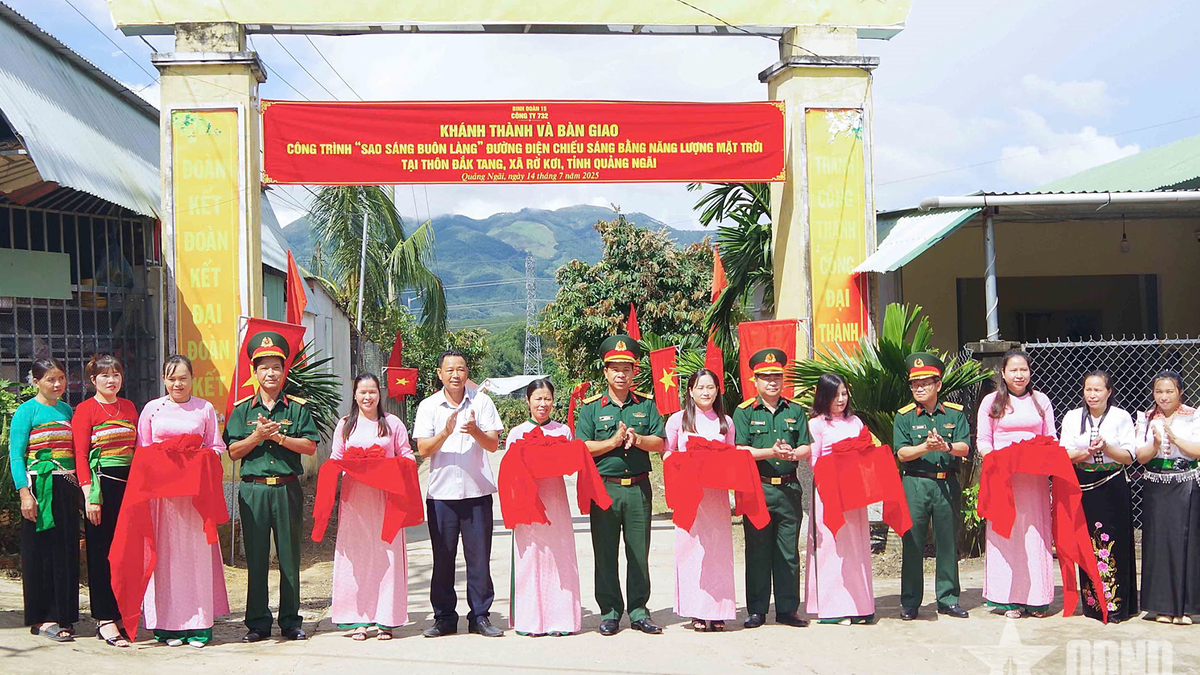


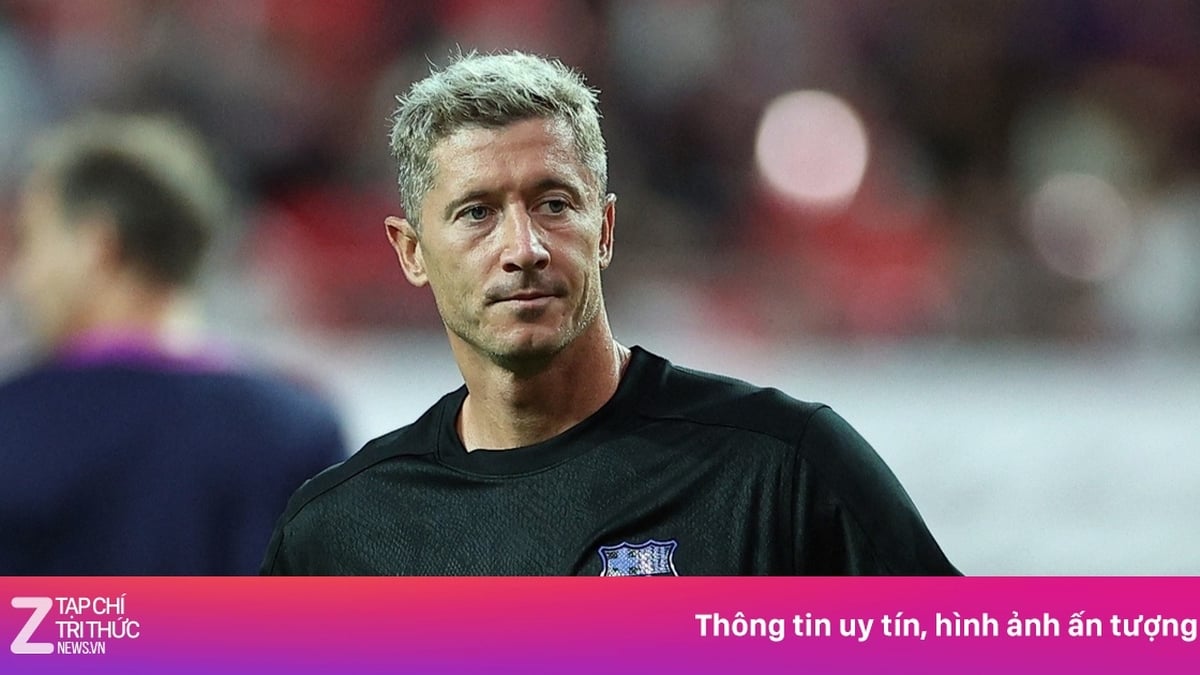
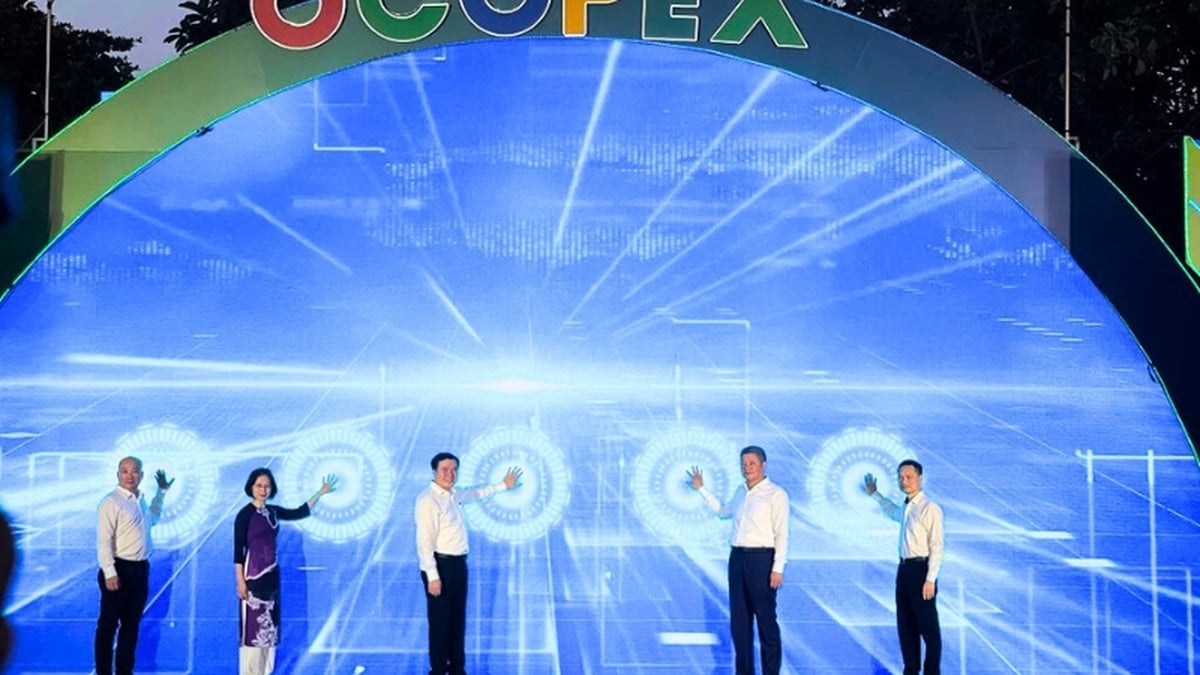

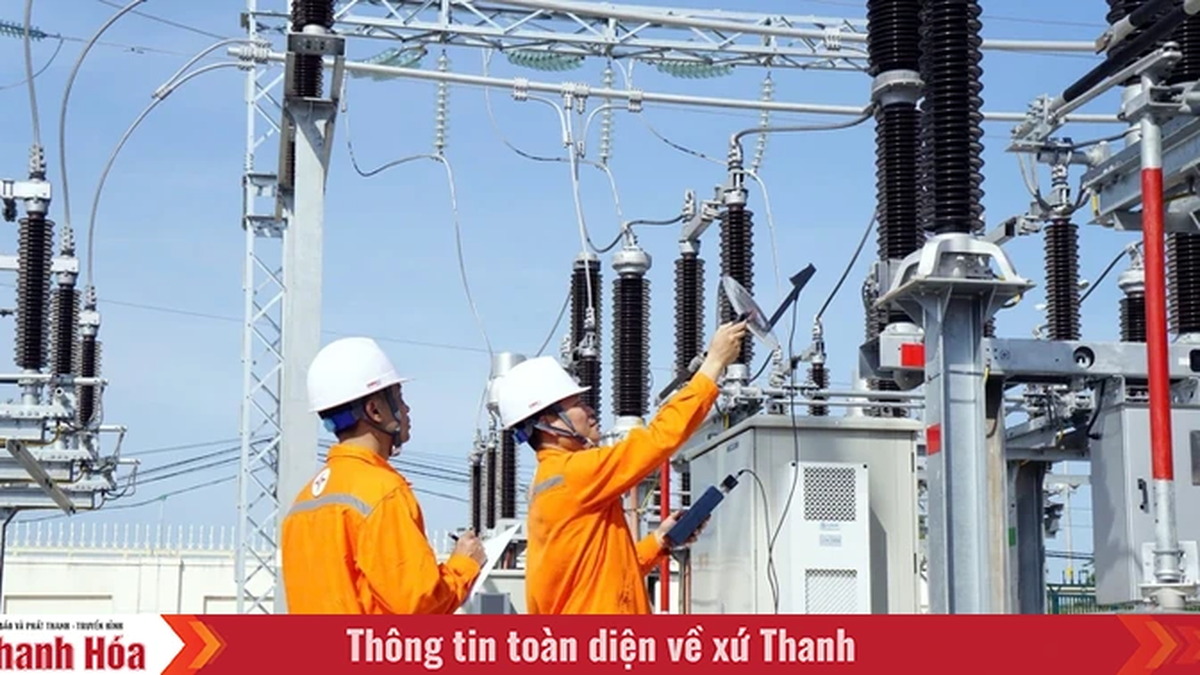


















































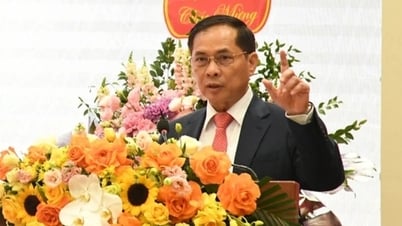





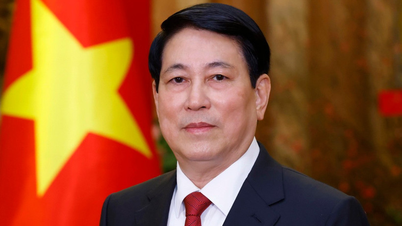
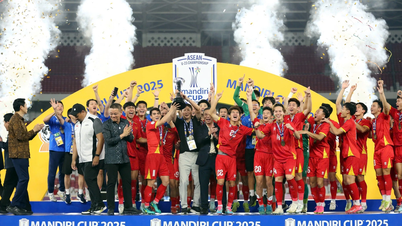
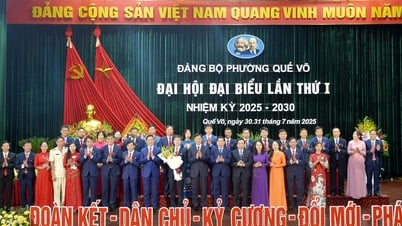

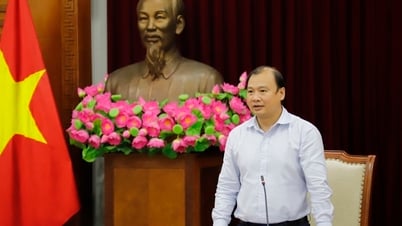

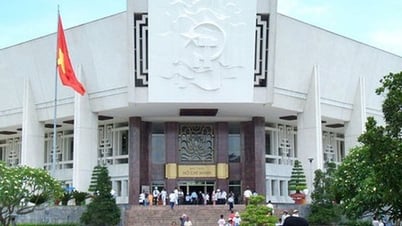



























Comment (0)